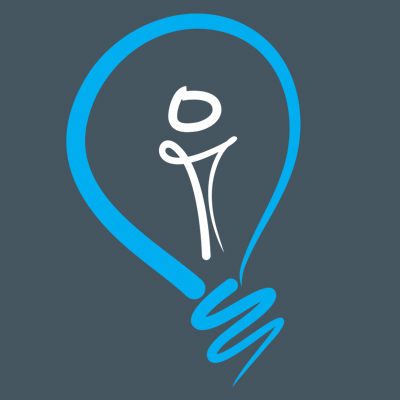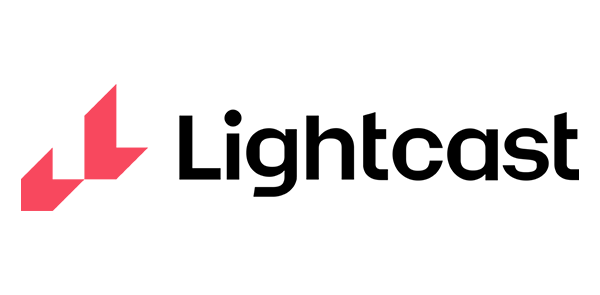
09 Feb How to keep your marketing automation effective and stress-free
According to the Aberdeen Group, best-in-class marketers are 67% more likely to use a marketing automation platform, and 87% of top-performing firms use marketing automation.
Why do they use it?
By using marketing automation, they contribute more to the sales pipeline leading to 57% of sales-accepted leads converting to the sales qualified pipeline, and overall, the company will benefit from a 14% increase in marketing revenue. Yet, these can be improved even more by a timely call at the right moment to follow up on those engaging with your content.
What is marketing automation?
According to Neil Patel, ‘Marketing automation is the process of using software and technology to optimise, automate and measure repetitive online marketing tasks.’
Additionally, Marketo adds, it allows you to be more efficient and grow revenue.
Here are a few things that marketing automation allows you to do more effectively:
- Email marketing
- Landing page creation
- Cross-channel marketing campaigns
- Lead generation
- Segmentation
- Lead nurturing and scoring
- Cross-sell and up-sell
- Retention
- Measuring ROI
- Website personalisation
Using marketing automation doesn’t just benefit the marketing team but, when combined with a CRM, allows the sales team to have up to the minute information on individual customer behaviour, interests, and readiness to buy.
However, keeping your marketing personal and relevant to each individual customer is essential when using a marketing automation platform. Understanding their customer journey and the questions they are likely to have is fundamental; it requires a well thought-through content strategy to ensure they get the information they need when they need it.
How to ensure you have all the content you need for your marketing automation to work
Marketing automation takes some of the grind out of your marketing activities, but it won’t write the content you need to make it all work seamlessly. That requires a content strategy that focuses on the needs and requirements of your target audience.
When you look at the content you may require for email sequences, social posts, web content and blog posts, not having a solid plan in place can leave you floundering, wondering what to write and when it’s needed.
By having a content strategy that comprises an annual high-level plan with a detailed quarterly and monthly schedule, producing the content you need becomes straightforward and considerably less stressful.
As you put together your content strategy, you need to ask yourself a few questions:
- Who’s your target audience for each different type of content?
- What problems will you solve for your audience, both existing and potential customers?
- What makes you unique, and why are you worth listening to?
- What format will you present a piece of content in? Audio via your podcast, text on your blog or email sequences, explainer videos on your YouTube channel, Instagram or TikTok?
- Who’s responsible for creation and publication? This may not be a problem for smaller teams, but as your marketing team grows, it’s essential to have a plan.
With your content in place – written, recorded, or filmed, your marketing automation platform can get to work, delivering appropriate content for your customers dependent on their needs and actions.
The perils of personalisation
Your customers are a sophisticated group of people who use the internet multiple times a day for research and information gathering and can spot a marketing email at twenty paces.
They’ve seen it all before, so you need to be equally sophisticated in how you use personalisation, so you don’t sound unnatural and artificial.
Marketing automation platforms allow you to automatically personalise subject lines, salutations, and other areas of the content. However, unless it is done conversationally and with a light touch, it loses its impact and joins the ranks of ‘just another marketing email’ to be ignored.
Personalisation is effective when handled with finesse, as highlighted by Campaign Monitor, who reported a 26% increase in open rates when personalisation is used in a subject line but don’t sacrifice readability or meaning for the sake of inserting the recipient’s name.
Summary
To maintain high-quality marketing automation, it’s important to choose the right tools for your needs. Getting these decisions right can see conversion rates increase by 30%, according to Salesforce, improving employee efficiency and saving up to 12% in the time they spend on marketing tasks.
How you shape your messaging is dependent on what you want your audience to think, feel and do at every stage of the customer journey – from initial contact through to contact by your sales team.
To do this, you need to have a content strategy in place to ensure you have sufficient content for your marketing automation to be effective and fulfil your customers’ needs.
Finally, use a light touch with personalisation so you don’t alienate customers and consider calling your customers to complement your content strategy.
If you would like help in fulfilling your content needs or use our executive-level calling capability to follow up on hot content contact us mow.







